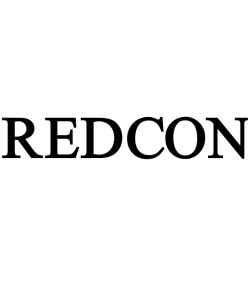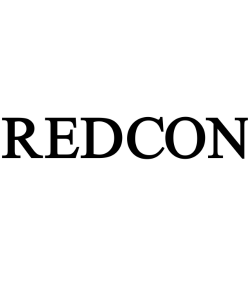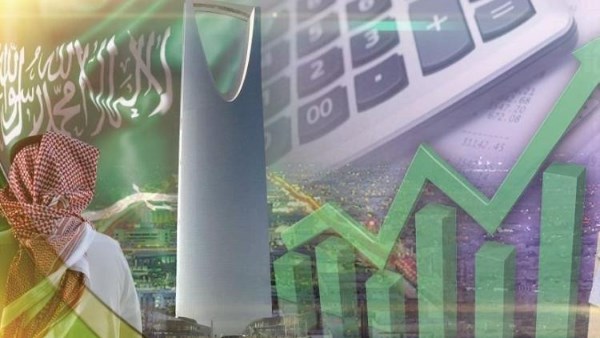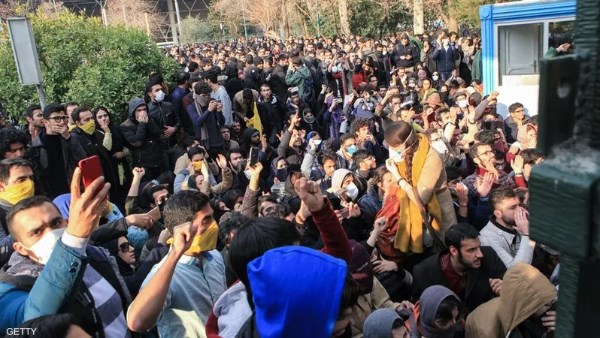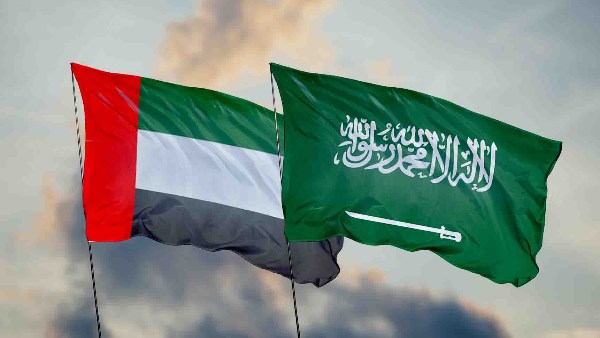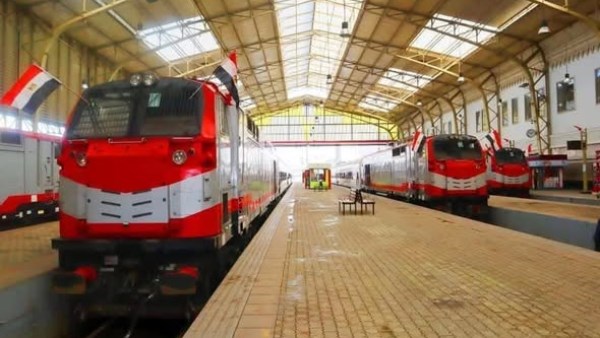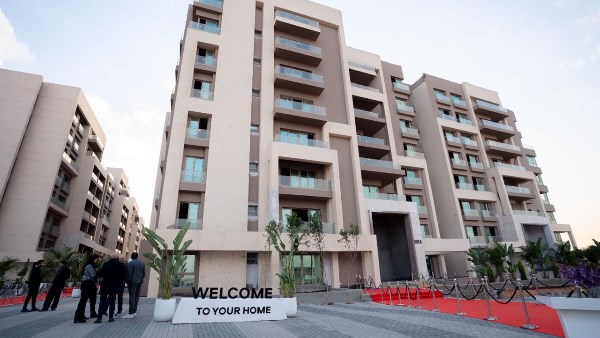
A surge in global fertilizer prices squeezes African countries

A surge in global fertilizer prices is adding to worries about food security across sub-Saharan Africa, where small-scale farmers depend largely on imports -- if they even use additional nutrients at all.
With prices tripling over the past 18 months, many farmers are considering whether to forgo purchases of fertilizers this year. That leaves a market long touted for its growth potential set to shrink by almost a third, according to Sebastian Nduva, program manager at researcher group AfricaFertilizer.Org. That could potentially curb cereals output by 30 million tons, enough to feed 100 million people, he said.
“We are likely to see a scenario where yields are depressed and this will mean that either the government will have to readjust their budgets and import food, or there will be food shortages,” Nduva said.
Sub-Saharan Africa already has the world’s lowest fertilizer application rates, averaging 12 kilograms per hectare compared with a global average of 110 kilograms. With usage set to fall as input costs rise, the threat to regional food security and political stability is growing, according to Alain Sy Traoré, director of agriculture and rural development at the ECOWAS Commission.
That will increase the region’s dependence on imports at a time when food prices are near a record high. More than 20 million people across sub-Saharan Africa are already on the brink of famine, according to the World Food Programme.
Soaring gas prices helped drive fertilizers higher last year, squeezing supply as increasing costs shuttered plants while producers introduced export restrictions.
While fertilizer prices in the U.S. have eased, prices in Europe and the Middle East, the top suppliers to Africa, are yet to find any relief -- a gauge of western European prices for ammonia remains at a record. Tensions over Ukraine have also been pushing up natural gas prices this month and any escalation could drive fertilizer prices even higher.
The high costs have curbed output at some of the more than 100 fertilizer blending plants in sub-Saharan Africa, which largely depend on imports of the nutrient, Nduva said. Stockpiles of the nutrients are now dwindling after governments and traders delayed procurements in the hope that prices would fall.
Small scale farmers, who account for more than 70% of fertilizer consumption in the region, are hardest hit. Most lack access to finance that could help them withstand the spiking prices.
“Corn, rice, sorghum and millet growers are most vulnerable because they do not have such buffers and will be forced do without any nutrients when planting,” said Patrice Annequin, senior fertilizer market specialist at IFDC, which promotes affordable nutrient technologies.
Yao Nabotena, a cotton farmer in Kokaha village in Ivory Coast, used just 33 bags of fertilizer this season, half the amount required on his seven-hectare plantation.
Some sectors are in a stronger position to weather the market turmoil. Gains in cocoa and cotton will cushion some farmers in West Africa from the higher input costs, said Annequin.
African nations have also begun or are expanding production of fertilizer as part of plans to reduce reliance on imports from Europe and North America, which are sometimes unsuitable for the region’s soils. Investors from Morocco’s OCP Group to Africa’s richest person Aliko Dangote and Fertiplant East Africa are investing in operations to produce or improve delivery of fertilizer in countries including Nigeria, Ethiopia and Kenya.
Fertilizer demand in the region should bounce back in 2023 as prices come down. Still, even before the current squeeze, sub-Saharan Africa had barely reached half its consumption potential, according to AfricaFertilizer.Org. Higher application rates and better use of arable land could transform the market.
“Meeting any of these parameters could double the region’s fertilizer consumption,” Nduva said.





-1120252475029447.jpg)

